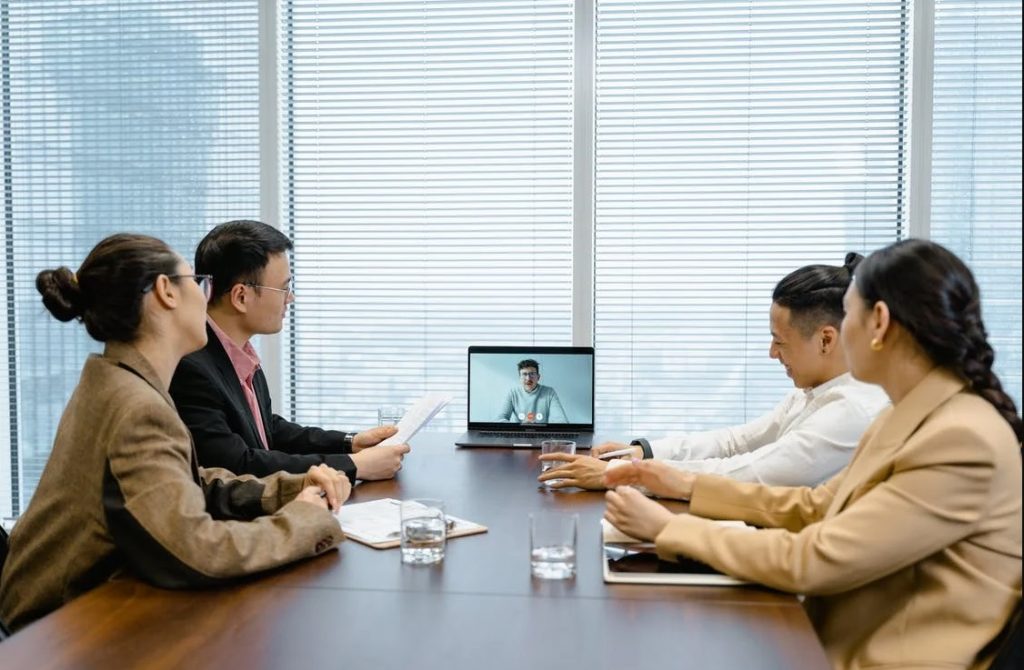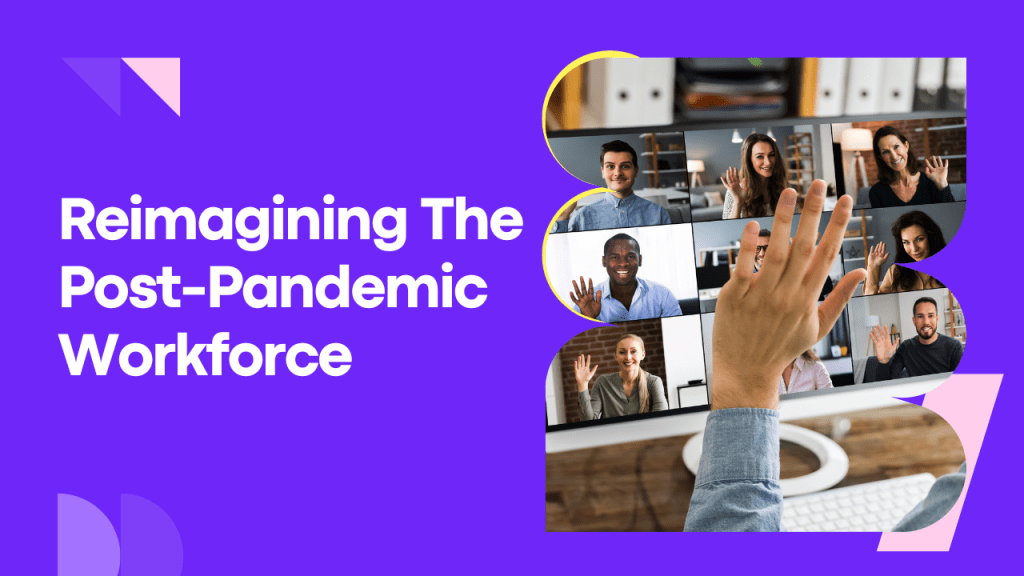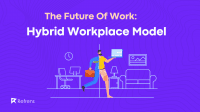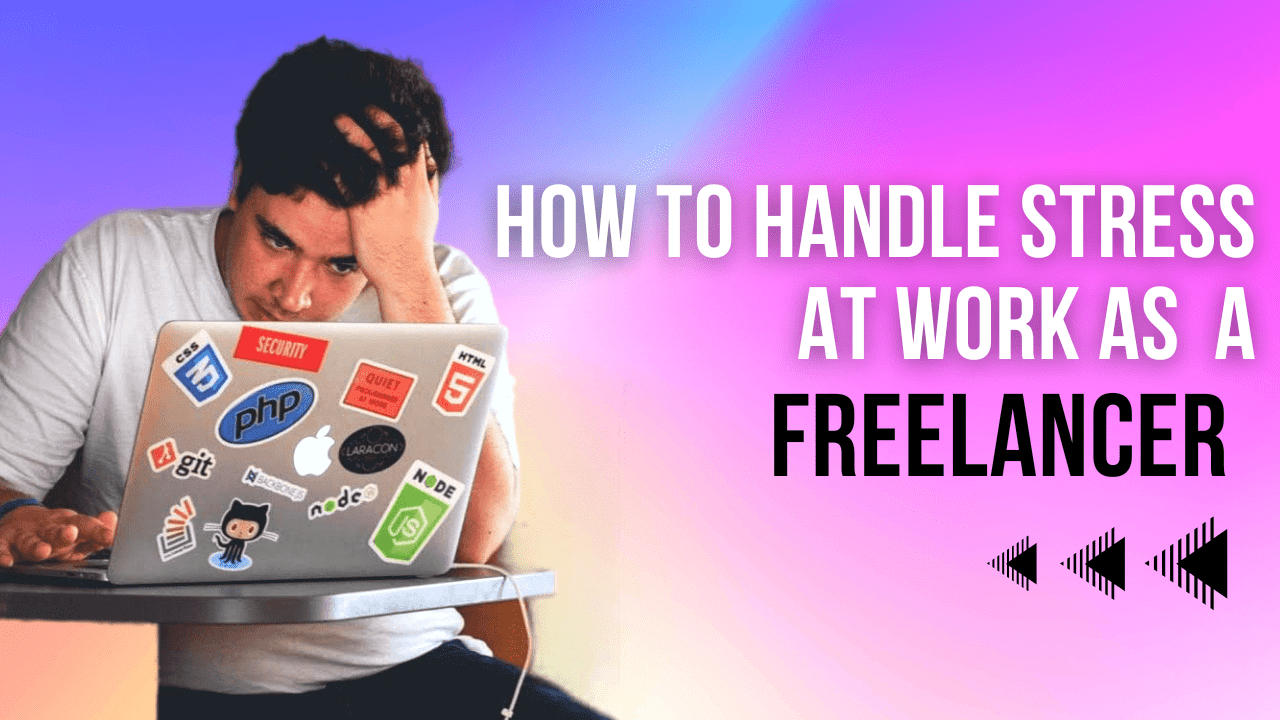As the pandemic starts to abate in many parts of the globe and feels like a history in others, many businesses are preparing to implement a hybrid virtual model in which some employees work on-site and others do so from home. The new model offers improved work experiences, greater access to talent, higher productivity for both individuals and small teams, curbed expenses, and more personal flexibility.
Despite its success during the pandemic, history suggests that combining virtual and on-site work may be much more difficult than it appears.
Therefore, now is the moment to carefully consider how your decisions can impact organizational norms and culture as you reinvent this wheel.
Pay attention to the bonds that unite your group. Pay attention to the fundamentals of your personal leadership as well as the leadership of your managers. This is a chance is to create the hybrid virtual model that works best for your business and let it birth a new shared culture for all of your employees that gives them stability, social cohesion, identity, and a sense of belonging, whether they work on-site, remotely, or in a hybrid of the two.
Additionally, applications like Zoom, G-meet, and many others have already evolved during the pandemic to cater to this new normal.
During that time, Zoom evolved from being a specialized business tool that was preferred by tech companies to becoming the norm in post-pandemic work and success.
Furthermore, the availability of internet portals during the pandemic forced people to participate in more meetings than ever before because video communication was so user-friendly.
Online Conferencing – Pros & Cons

Virtual events have significant drawbacks, despite the fact that they have numerous benefits. Tiredness from screen time and scheduling issues related to different time zones are two of these downsides. On the other side, the majority of researchers agree that the lack of networking opportunities is the biggest drawback.
The conference organizers are attempting to find alternatives for post-pandemic works, such as establishing official mentoring programs that match early-career scientists with experienced ones and creating virtual “lobbies” on online conference portals where participants may meet and greet between sessions.
Like everything else in life, online meetings have advantages and cons. They are, in fact, possibly the most practical, convenient, and time-saving form of communication to date. However, they also significantly weaken interpersonal relationships and leave a business open to cyber attacks.
Check out how the freelancing boom is driving companies to change their business models.
Video Conferencing Is Influencing The Future Of The Workplace
We experience issues with presence disparity, socialization, and fragmented communication when we spend a lot of time working remotely and away from the workplace. In a previous piece, we raised concerns about retrofitting and COVID-induced renovation and reemphasized the critical role that the physical workspace and face-to-face interaction play in factors like well-being, productivity, and talent retention.
However, we see that it’s critical to recognize how working remotely, on a flexible schedule, and from home will become more prevalent in the future, and we think the real business benefits of video conferencing will be a crucial component of a successful transition to the post-pandemic workplace.
Video and media conferencing technologies will not only be a priceless asset to the traditional office in this constantly changing environment. Employees from a wide range of sectors and industries, from salons and hotels to education spaces and special care facilities, will be able to profit from this more adaptable and flexible communication tool as the workforce expands beyond convention.
Moreover, last year the fascination with virtual conferences has begun to wear off, but they will probably continue to exist even as the number of in-person events increases. The conclusion of the epidemic does not mean that everyone will discontinue using reputable video conferencing software. There will undoubtedly be a reduction in video conferences, but it will remain an integral part of meetings for the foreseeable future, if not become an absolute must.
After the pandemic, most office companies want to implement a hybrid work style, where they have both freelancers and full-time employees who would be partly working remotely.
Adjusting To The Hybrid Way Of Working
It’s almost like the workplace has been reinvented on a higher level. Work now takes place in various locations than just the traditional office building alone. The cloud has supplanted the conventional office as the workplace of choice, with the latter serving only as a location from which workers may connect to the former and carry out their assigned tasks.
Check out how a co-working space is an ideal location for a freelancer to work from.
In the past, when everyone worked in their cubicle, only a small number of distant employees needed video accounts to call into the conference room. The actual job was done in the office, and the video was there as a convenience for those who wanted it. In this case, the reverse is true.
Businesses won’t lose a single minute of productivity the next time the office has to close and everyone is required to stay at home if processes are altered to use cloud-based meetings rather than being present and held in a room. If businesses include this cloud-based method into their video conferencing strategy, they will not only be ready for the immediate aftermath of a pandemic but also for the next one. Moreover, this digital integration can enhance other areas of business operations. For instance, video recruiting is a viable approach to hire talents remotely.
Today, and in the future, those newly hired freelancers or employees will be taken through team chat rooms and presented to their coworkers through video rather than in traditional face-to-face meeting areas; they might be assigned a room if it is determined that they need one.
As, prior to the epidemic, when a company recruited new employees, they would show them around the workplace and have them shake hands with everyone before taking them to their separate rooms. There is a chance that they will get a video account if they require one.
Also read: The Future Of Work: Hybrid Workplace Model
Get Going With The New Way Of Working
Now that you understand there is no way out of this hybrid method of working, we have some advice for you on how to adapt to this new way of working.
Since adaptability is essential to develop a new workplace environment that supports these new behaviors and a developing virtual work ecosystem.
• Redesigning the physical and digital environments with an emphasis on teamwork and the place of work as a hub for innovation, networking, and culture-building
• Putting a strong emphasis on leadership skills, ensuring that leaders foster a climate of trust and confidence that fosters a sense of belonging and safety where the entire workforce can thrive; and prioritizing well-being through radical changes in how work is done, taking into account the changes in work habits and preferences accelerated by COVID-19.
Moreover, businesses are approaching the future from a variety of angles. Many businesses are already investing heavily in components that support employees’ perceptions that they are in a healthy environment. As, working during the epidemic had a detrimental impact on workers, such as an increase in meetings and long hours.
Companies such as Apple, Google, and Microsoft will soon debut a feature that will ensure everyone in a meeting feels as if they can participate as they focus on the idea of communication on Ease of Use. This feature will work by giving each person time to talk while the other participants remain muted. Facebook envisions video playing a supplementary role in people’s everyday lives soon.
Final Thoughts
When a pandemic shut down the world, video conferencing offered a lot of ease. Successful video communication will now be a part of both our personal and professional lives as we gradually exit the COVID-19 era. Many individuals find video conferencing appealing due to its emphasis on usability, and the majority have chosen the online and professional setup over the conventional ones.
Read more: Top 10 Billing Software For Chartered Accountants


















